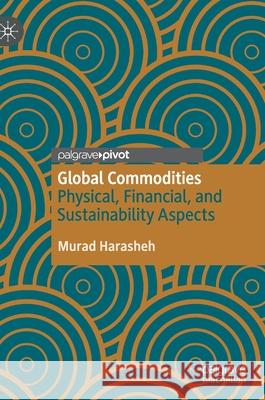Global Commodities: Physical, Financial, and Sustainability Aspects » książka
topmenu
Global Commodities: Physical, Financial, and Sustainability Aspects
ISBN-13: 9783030640255 / Angielski / Twarda / 2021 / 159 str.
Global Commodities: Physical, Financial, and Sustainability Aspects
ISBN-13: 9783030640255 / Angielski / Twarda / 2021 / 159 str.
cena 241,50
(netto: 230,00 VAT: 5%)
Najniższa cena z 30 dni: 231,29
(netto: 230,00 VAT: 5%)
Najniższa cena z 30 dni: 231,29
Termin realizacji zamówienia:
ok. 22 dni roboczych
Bez gwarancji dostawy przed świętami
ok. 22 dni roboczych
Bez gwarancji dostawy przed świętami
Darmowa dostawa!
Kategorie:
Kategorie BISAC:
Wydawca:
Palgrave MacMillan
Język:
Angielski
ISBN-13:
9783030640255
Rok wydania:
2021
Wydanie:
2021
Ilość stron:
159
Waga:
0.36 kg
Wymiary:
21.01 x 14.81 x 1.12
Oprawa:
Twarda
Wolumenów:
01
Dodatkowe informacje:
Wydanie ilustrowane











